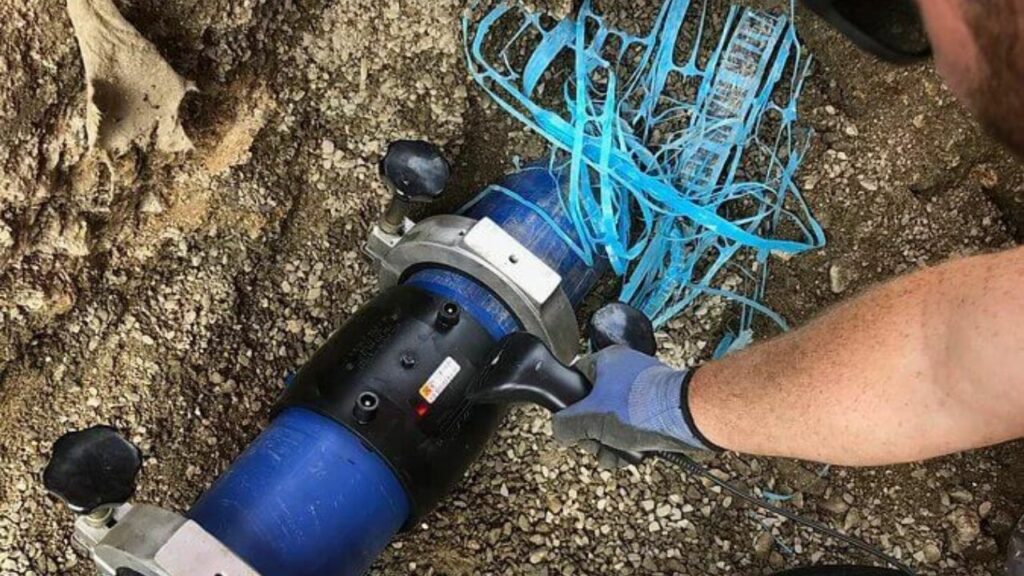Hydrostatic testing is a procedure used to assess the integrity and reliability of various pressure vessels, such as pipelines, boilers, and gas cylinders. This test involves filling the vessel with a liquid, typically water, and increasing the pressure to a specified level to check for leaks or any other issues. In this article, we will discuss the importance of hydrostatic testing, when it should be done, and how it is performed.
What is Hydrostatic Testing?
Hydrostatic testing is a non-destructive test method used to verify the strength and stability of pressure vessels. The objective of this test is to ensure that the vessel can safely hold the maximum operating pressure and can withstand normal and emergency conditions. Hydrostatic testing is performed by filling the vessel with water and increasing the pressure inside to a level higher than the maximum operating pressure. If there are any leaks, cracks, or other defects, they will become evident during the test.
Why is Hydrostatic Testing Important?
Hydrostatic testing is an important safety procedure that helps to prevent accidents and ensure the safe and efficient operation of pressure vessels. If a pressure vessel fails, it can cause significant damage to property and the environment, as well as pose a threat to human life. By performing hydrostatic testing, it is possible to identify and repair any potential problems before they cause harm. Additionally, hydrostatic testing is often a requirement of regulatory agencies and insurance companies, making it a necessary step in the maintenance and operation of pressure vessels.
When Should Hydrostatic Testing be Done?
Hydrostatic testing should be performed periodically to ensure the ongoing safety and reliability of pressure vessels. The frequency of testing will depend on several factors, including the type of vessel, the age of the vessel, and the operating conditions. In general, it is recommended that hydrostatic testing be performed every 5 to 10 years, or as required by regulatory agencies.
In addition to regular testing, hydrostatic testing should also be performed after any major repairs or modifications have been made to the vessel. This will help to ensure that the vessel can safely operate at the required pressure levels and that any repairs have been completed correctly.
How is Hydrostatic Testing Performed?
Hydrostatic testing is a relatively simple procedure that involves the following steps:
- Prepare the vessel for testing by cleaning and removing any debris or obstructions.
- Fill the vessel with water, either from a hose or a storage tank, and record the initial water level.
- Increase the pressure inside the vessel by using a pump or compressor. The pressure should be increased to a level that is higher than the maximum operating pressure.
- Monitor the pressure gauge and water level for any changes or fluctuations. If there are any leaks or defects, they will become evident as the pressure increases.
- If no leaks are found, slowly release the pressure and drain the water from the vessel.
- Inspect the vessel for any visible signs of damage or leaks.
- Record the results of the test and make any necessary repairs or modifications.
What are the Benefits of Hydrostatic Testing?
Hydrostatic testing offers several benefits, including:
Improved safety: Hydrostatic testing helps to ensure that pressure vessels can safely operate at the required pressure levels, reducing the risk of accidents and damage.
Increased efficiency: By identifying and repairing any issues with the vessel, hydrostatic testing can help to increase the efficiency and reliability of the vessel over time.
Regulatory compliance: Hydrostatic testing is often a requirement of regulatory agencies and insurance companies, ensuring that the vessel is operating in accordance with industry standards and regulations.
Cost savings: By identifying and fixing potential problems early, hydrostatic testing can help to prevent costly repairs and downtime in the future.
Who Should Conduct Hydrostatic Testing?
Hydrostatic testing should be conducted by qualified and experienced technicians who are trained in the proper procedures and safety measures. The technicians should be equipped with the necessary equipment, such as pumps, compressors, and pressure gauges, and should follow industry standards and regulations. It is also important to choose a reputable and experienced testing company that has a proven track record of conducting accurate and reliable tests.
Conclusion
Hydrostatic testing is an important procedure that helps to assess the integrity and reliability of pressure vessels. By performing regular testing and conducting any necessary repairs or modifications, it is possible to ensure the ongoing safety and efficiency of these vessels. Whether you are the owner of a pressure vessel or are responsible for maintaining them, it is crucial to understand the importance of hydrostatic testing and to choose a reputable testing company to conduct the tests.

